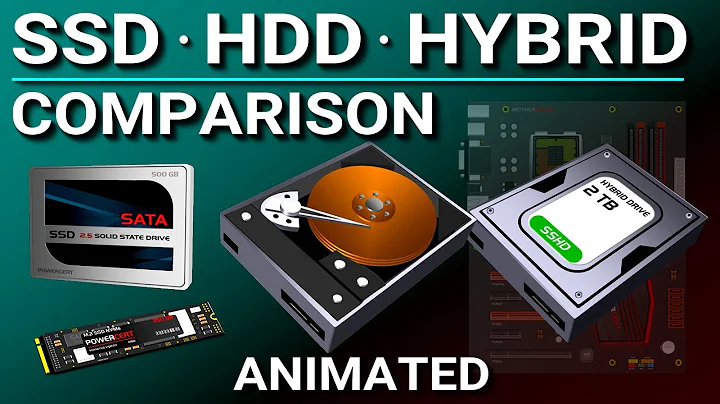can hybrid drives be used as two separate drives?
If you are talking about the Seagate hybrid drives (and those are the only ones I know off which use that name at the time I originally wrote this), then No.
The drive just acts as a single regular harddisk. The firmware on the drive keeps track of which sectors get read a lot and moves those to the flash cache. It handles that completely independent of the OS and the OS only sees one normal HDD.
However there are also situations where a small SSD and a regular HDD are added to the system and software is used to tie them together. These can be configured either as two independent disks are as one disk with caching. To configure and use this you will need software/drivers. I have now heard these referred to as 'hybrid drives' even though that makes no sense to me. I would just call them 'two drives, one of which is a plain drive but very small and thus mostly useful for caching'. This might be due to packaging where the two drives are somehow delivered as one physical unit.
Related videos on Youtube
fo_x86
Updated on September 18, 2022Comments
-
fo_x86 over 1 year
Can a hybrid drive be used as two separate drives? For example, is it possible to install the OS in the SSD portion and use the HDD for large media files? Will the SSD's performance be negatively impacted since both the SSD and HDD are sharing the same SATA cable (and thus less bandwidth for the SSD when writing/reading from both drives)?
-
MSalters over 11 yearsWhat problem are you trying to solve? You can partition any drive, including hybrids. Install the OS in one partition, media files in the other. But yes, bandwidth will be shared.
-
David Schwartz over 11 yearsThis arrangement would be vastly inferior to the default arrangement and a very inefficient use of SSD space. It would be harder to manage as well.
-
fo_x86 over 11 years@MSalters My Dell box shipped (it was a packaged deal) with a 2TB HDD and 32GB SSD pre-configured to use Intel SRT (but both are attached together with a single SATA and power plug). I use Ubuntu for my main OS and since SRT isn't supported in linux, just wanted to take advantage of the SSD and install Ubuntu on it.
-
-
fo_x86 over 11 yearsI figured, since I could disable SRT and change the SATA mode to AHCI and install Ubuntu on the SSD and Win 7 on the HDD. But like MSalters mentioned above the bandwith has to be shared. @Hennes The description of the drive was "2TB 7200 RPM SATA Hard Drive + Intel® SRT 32GB SSD Cache" (see) it is the model on the right, priced at 1,299.99) since I only see one SATA III cable for both drives.
-
fo_x86 over 11 yearsI see, but it looks like they are sharing one SATA bus, which seems like an odd setup. When used independently but concurrently, theoretically shouldn't the SSD should suffer a performance loss due to the sharing of the bandwidth in the cable?
-
ganesh over 11 yearsTheoretically: yes. In practise I doubt it. A laptop hard disk will at best read about 100MB/sec. A SATA-2 bus is good for about 270MB/sec. And while many SSDs are faster than the remaining bandwidth those all tend to be bigger. Small 16/32/40GB SSD are orders of magnitude faster in access time than a HDD, but not in sequantial reading. All tof this makes my intuition say that it is not a problem. -- An other way to look at it is from the Dell side. If it was a problem they would have build it differently.
-
Prerak Diwan over 11 years@fo_x86 you don't want to install Ubuntu on the SSD as it doesn't support TRIM.




